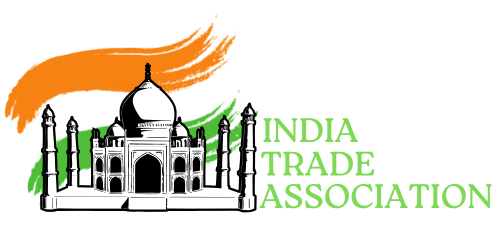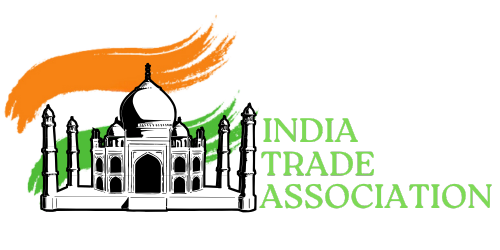India already has a sizable market for both defense and commercial aircraft. The demand for airplanes is predicted to rise further due to expanding passenger traffic and rising military and defense spending. One of the industries with the quickest rate of growth is the aerospace sector in India. By 2020, India’s aerospace sector is predicted to rank third in the world.
Over the past three years, the present administration has implemented important policy changes. The government’s intention to change the status quo is demonstrated by the new Defence Procurement Procedure (DPP 2016) and National Civil Aviation Policy (NCAP 2016), which is encouraging.
The Indian aerospace industry’s manufacture is expanding due to a number of factors. These include both macro and micro factors: a robust domestic


